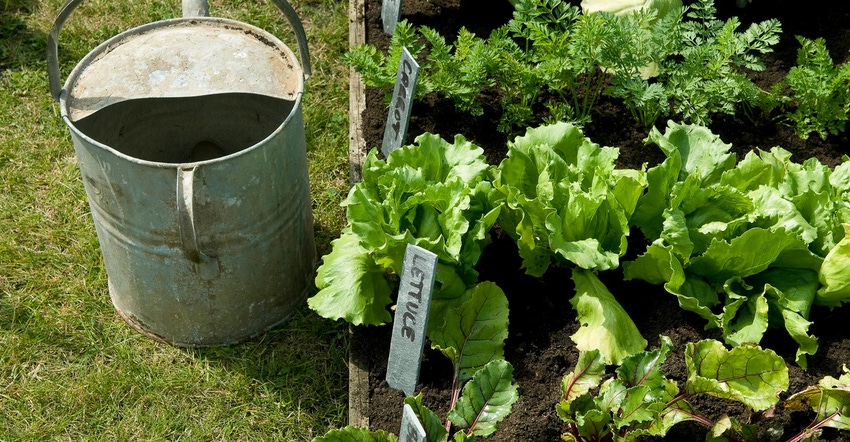August 26, 2020

Is it crazy to start a vegetable garden in early fall? Ohio State University educators say no.
Contrary to what some people think, vegetable gardening doesn’t end with summer, says Pam Bennett, horticulture educator with OSU’s College of Food, Agricultural and Environmental Sciences.
Come autumn in Ohio, “There’s still plenty of time left in the growing season,” she says.
Bennett directs CFAES’ statewide Master Gardener Volunteers program. And she’s helping lead the new Ohio Victory Gardens program, a joint effort by CFAES and the Ohio Department of Agriculture aimed at boosting interest in gardening, helping Ohioans grow their own fresh food, and lifting spirits in a trying time.
Even — yes — after the weather turns chilly.
Some like it cool
“All of the plants that we put in the garden in early spring can also be grown in late summer and early fall,” Bennett says. “In fact, they thrive under the cooler fall conditions.”
Spinach, lettuce, kale and collards make good crops to grow in fall in Ohio, Bennett says. So do beets, broccoli, carrots, mustard, arugula and onions, among others.
“The most important thing is to look at the seed package to see how much time it takes for a plant to mature,” she says.
Green beans, for instance, can take up to 60 days to mature from seed, so they might not see warm enough weather in fall to end up giving a good crop.
Planting green beans in late August means they wouldn’t be ready until late October. That may be pushing the limit in Ohio, Bennett says.
Lettuce, on the other hand, matures in 45 to 55 days, and it keeps growing well when it’s cool out. In fact, lettuce prefers cool weather, which makes it one of the key healthy veggies that can help a fall garden succeed.
Grow your own groceries
The “Victory Gardens” concept dates back to World Wars I and II, when government officials encouraged Americans to grow gardens for patriotism and to supplement their groceries.
The new Ohio program offers free how-to advice and science-based resources at u.osu.edu/ohiovictorygardens. What and where to plant? How to manage pests? How to cook and can your bounty? Those are some of the topics covered on the website. The program’s first free seed giveaway just ended, but another one is planned for spring.
Help on how to do it
If you’re new to gardening — especially in fall — or just need an answer or advice, the Master Gardener Volunteers program trains and supports a network of more 3,300 plant and gardening experts throughout Ohio. They serve in all 88 of the state’s counties and are coordinated by their county’s OSU Extension office. These volunteers provide assistance free of charge. Details and county contacts are available at mastergardener.osu.edu.
If there’s any silver lining to the coronavirus pandemic, Bennett says, it’s people’s growing interest in backyard gardening. The Victory Gardens program is a great opportunity for Ohioans to green their thumbs, she adds.
“We hope to inspire them to continue.”
Source: OSUE, which is solely responsible for the information provided and is wholly owned by the source. Informa Business Media and all its subsidiaries are not responsible for any of the content contained in this information asset.
You May Also Like




